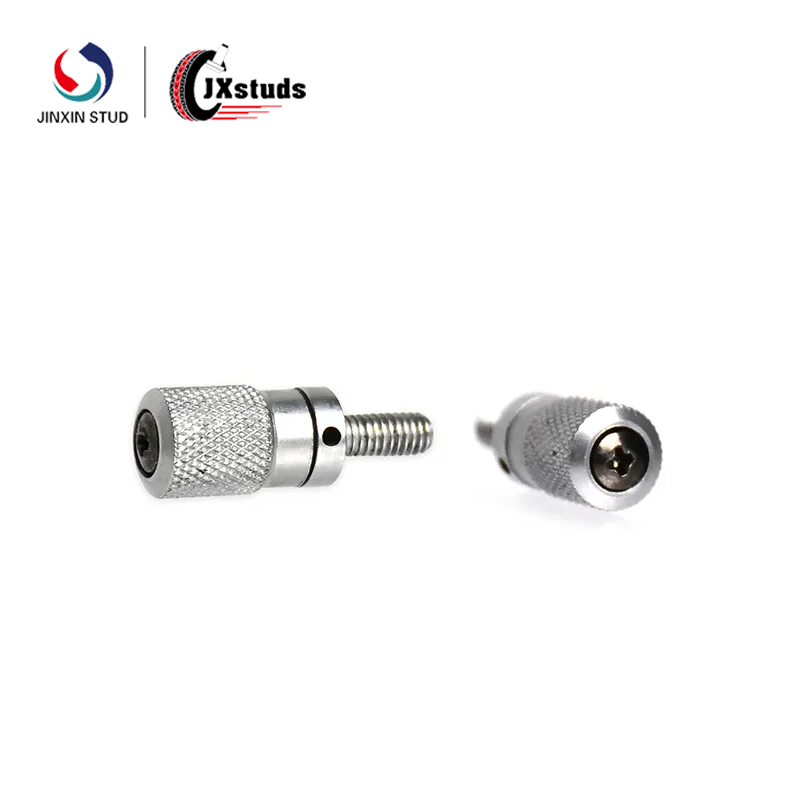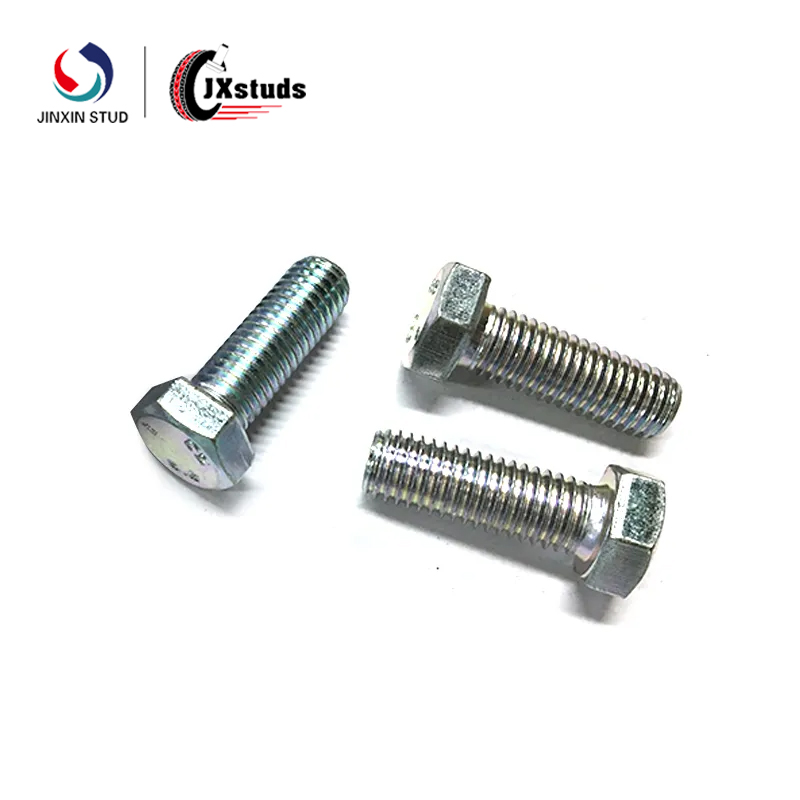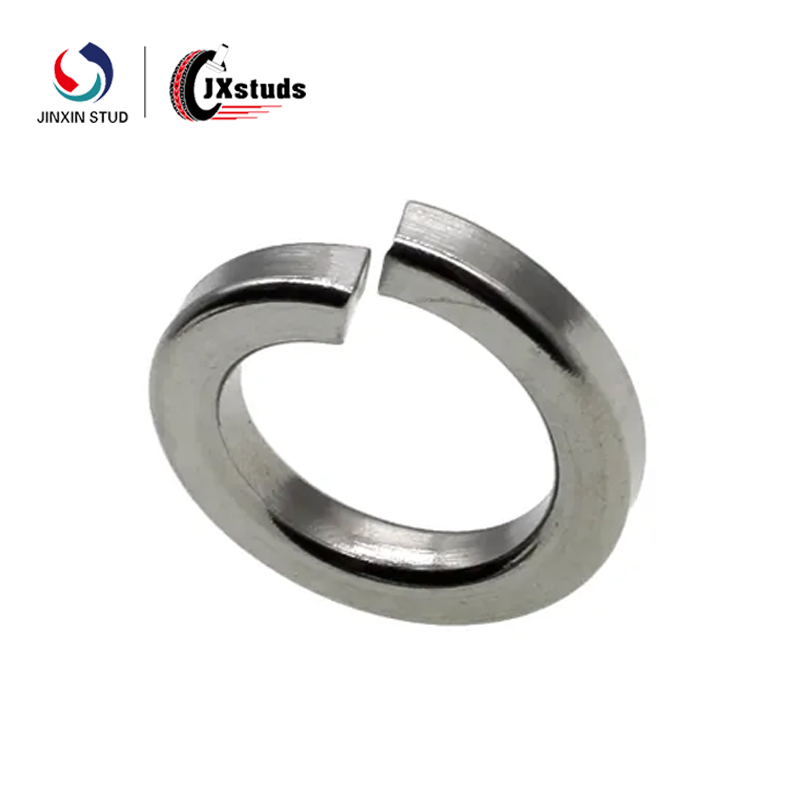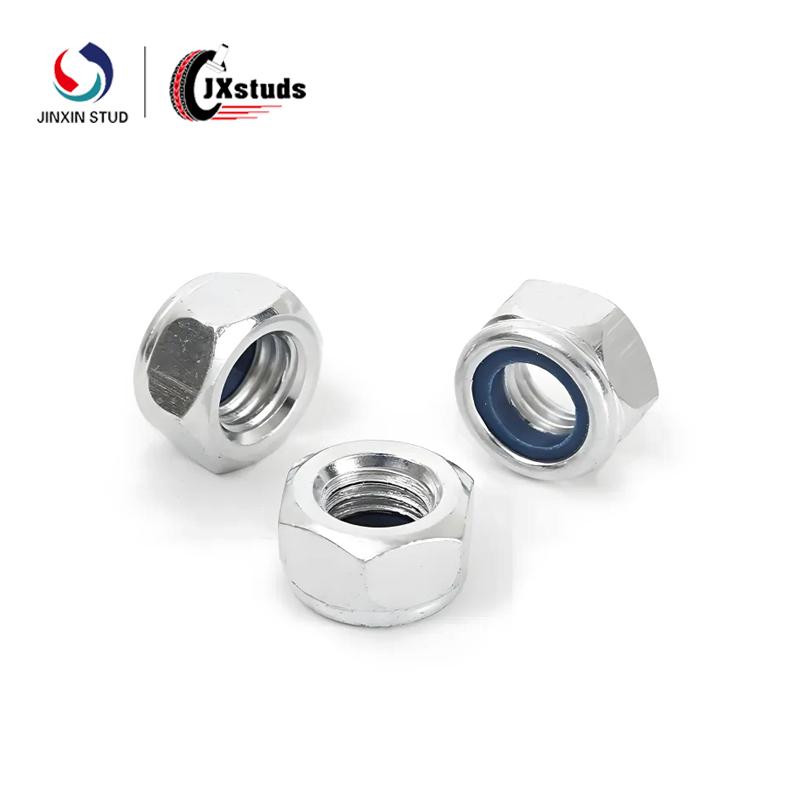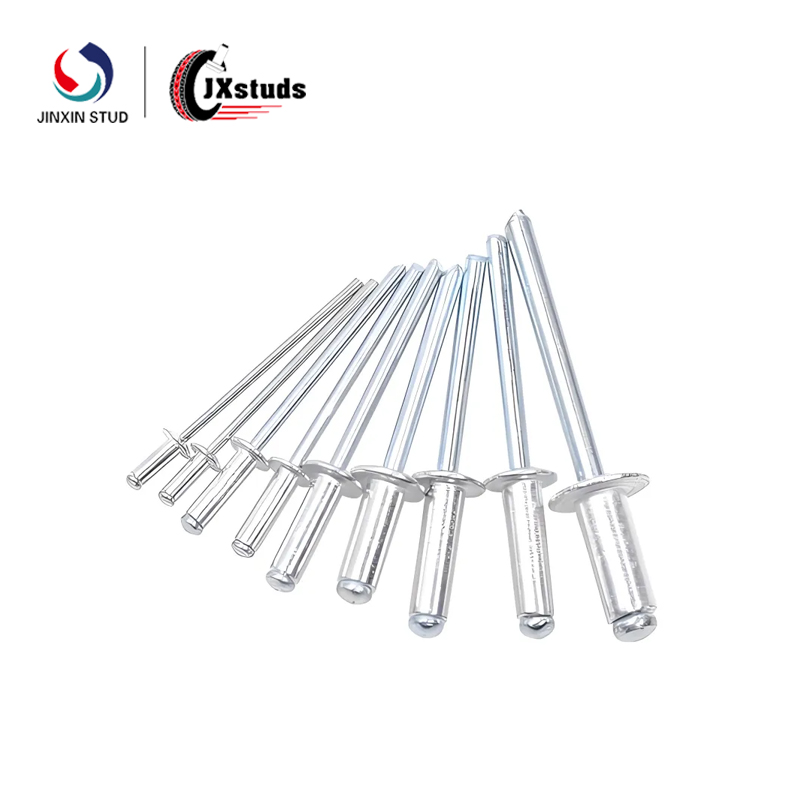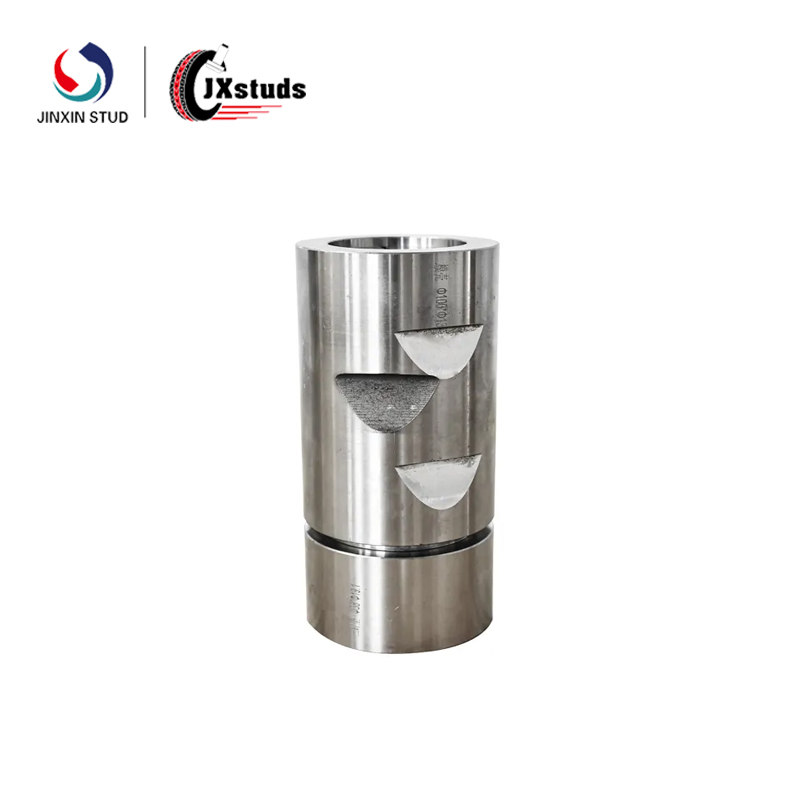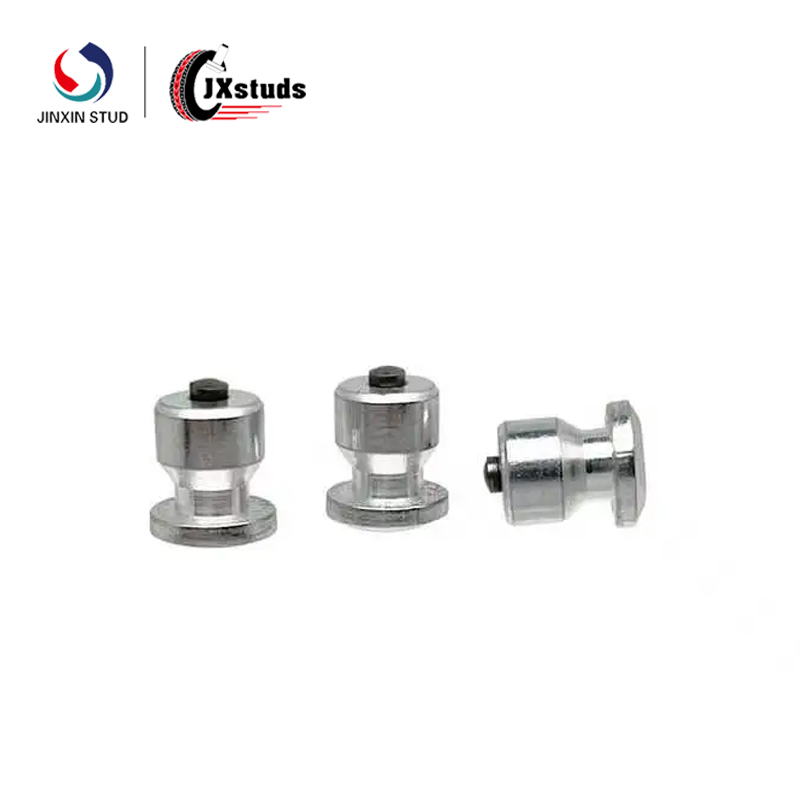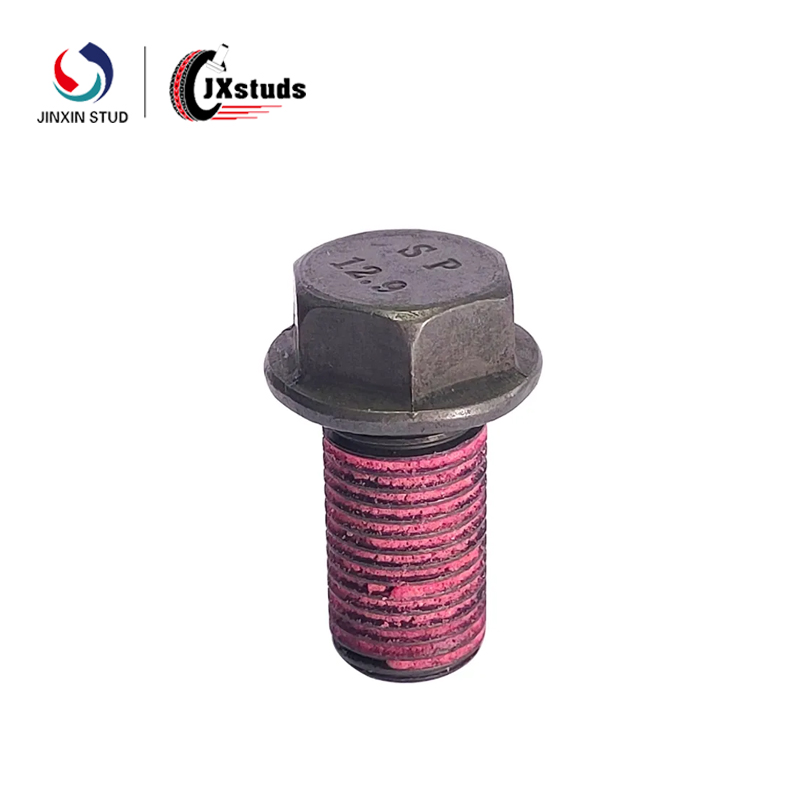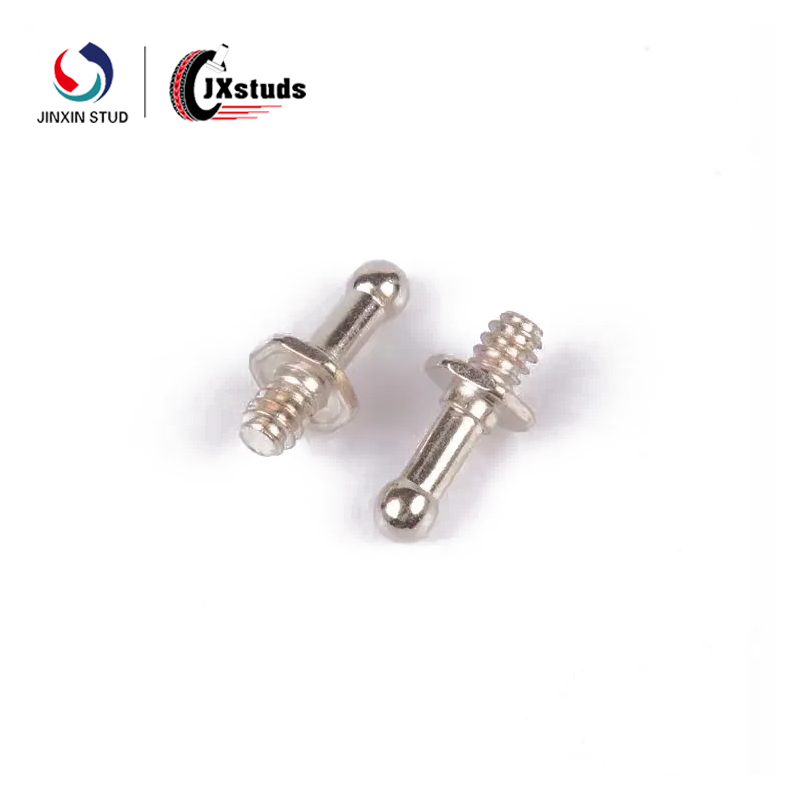Round-head bolts and mushroom-head bolts are two common bolt types, differing significantly in their structural design, application scenarios, and functional characteristics.
The round-head bolt's head is a standard semicircular shape, with a smooth, rounded top. The transition between the head and the shank is smooth and compact. The head's height and diameter are balanced, resulting in a simple, regular overall design. For example, the common GB/T 65 standard round-head bolt has a fixed ratio of curvature radius to diameter, visually presenting a symmetrical hemispherical shape.
The mushroom-head bolt's head resembles an expanded mushroom, with a significantly larger diameter than a round-head bolt. The top curve is more gradual, the head height is lower, and the side of the head slopes outward, creating a smoother transition to the shank. This "large diameter, low curvature" design allows the head to cover a larger area. For example, the head diameter of some industrial mushroom-head bolts can reach 3-4 times the shank diameter, far exceeding the 2-2.5 times ratio of round-head bolts.
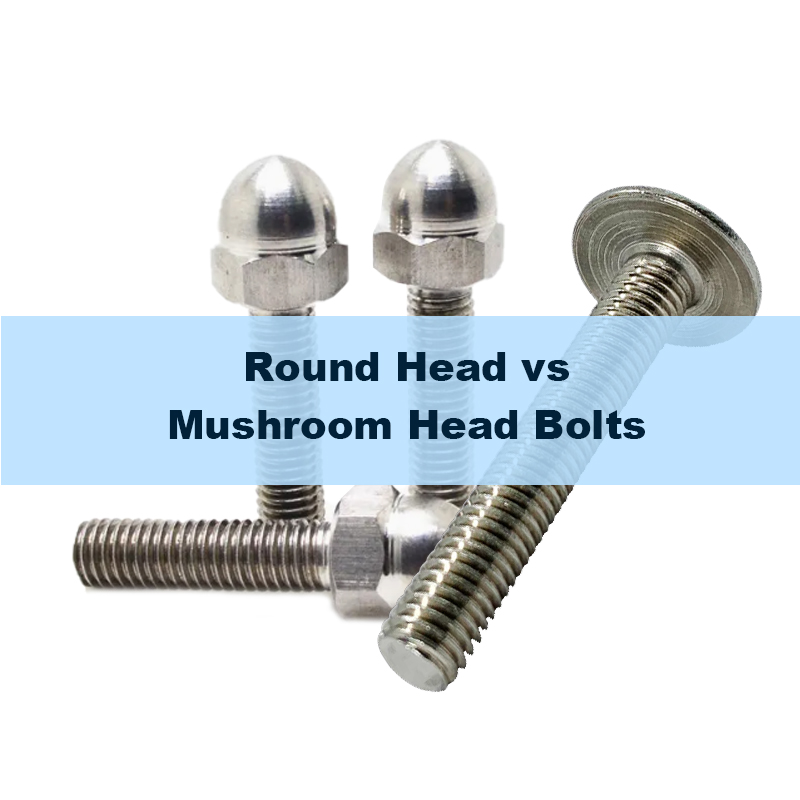
Round-head bolts are more suitable for connecting components with limited space, such as furniture assembly, wood structures, mechanical housing connections, and railing installation. They also prevent interference with surrounding parts due to their large head size, such as securing gears to shafts within a gearbox or connecting end caps to small motors.
Mushroom-head bolts, with their large head area, effectively distribute pressure and are more suitable for securing thin panels, soft materials (such as plastics and wood), or workpieces requiring surface protection. Please contact us to find the right product for your specific situation. We welcome your inquiries.


